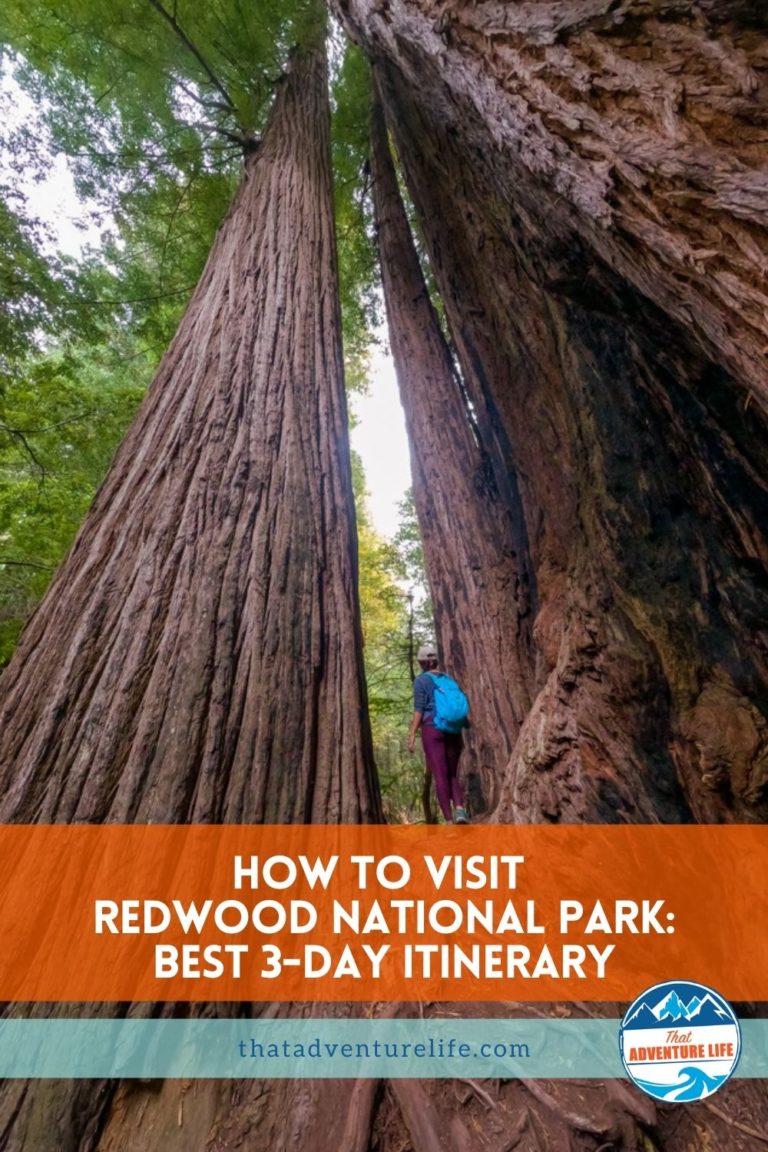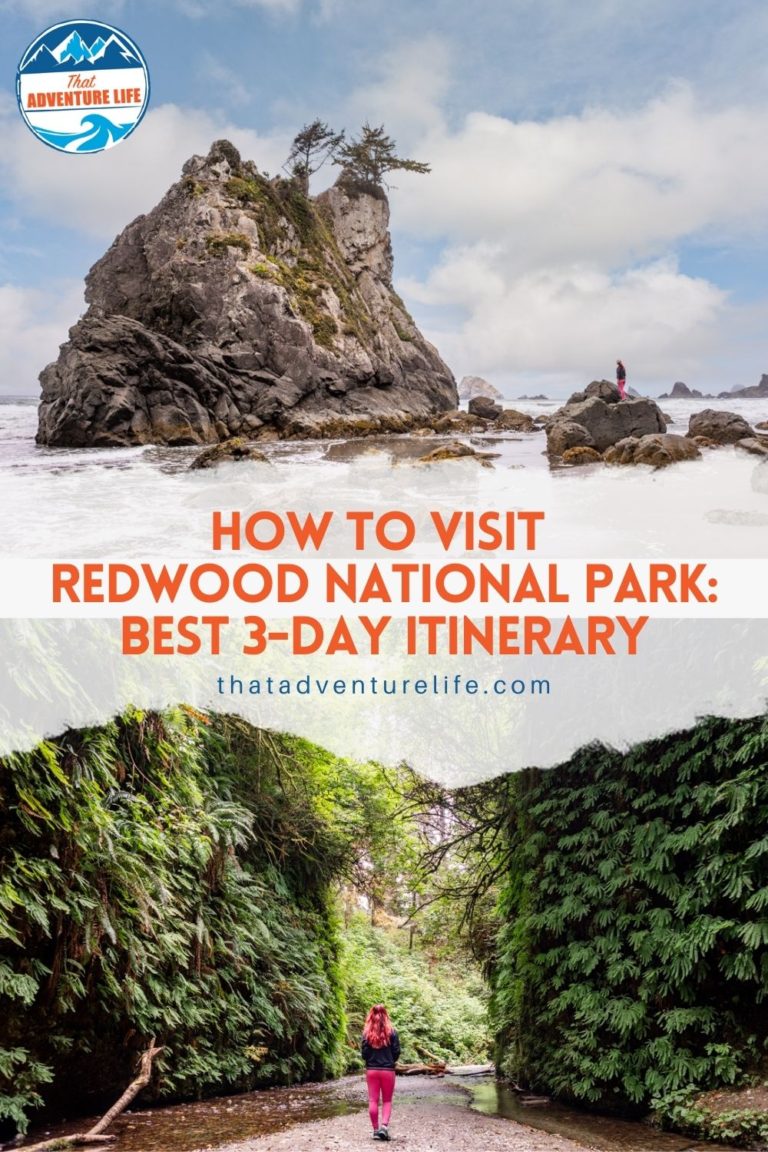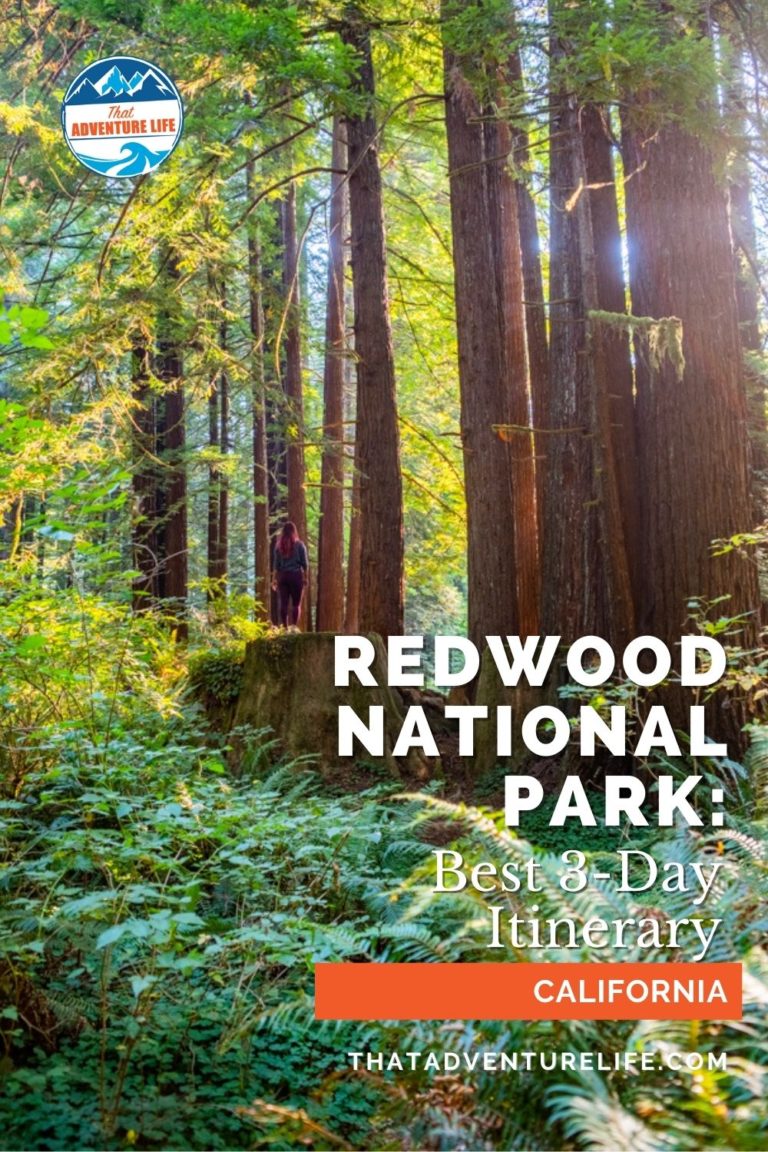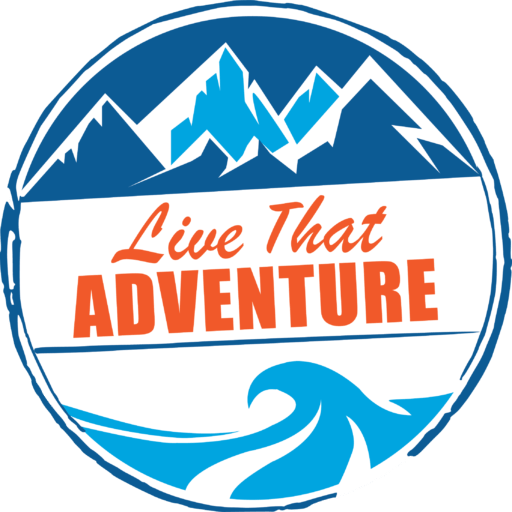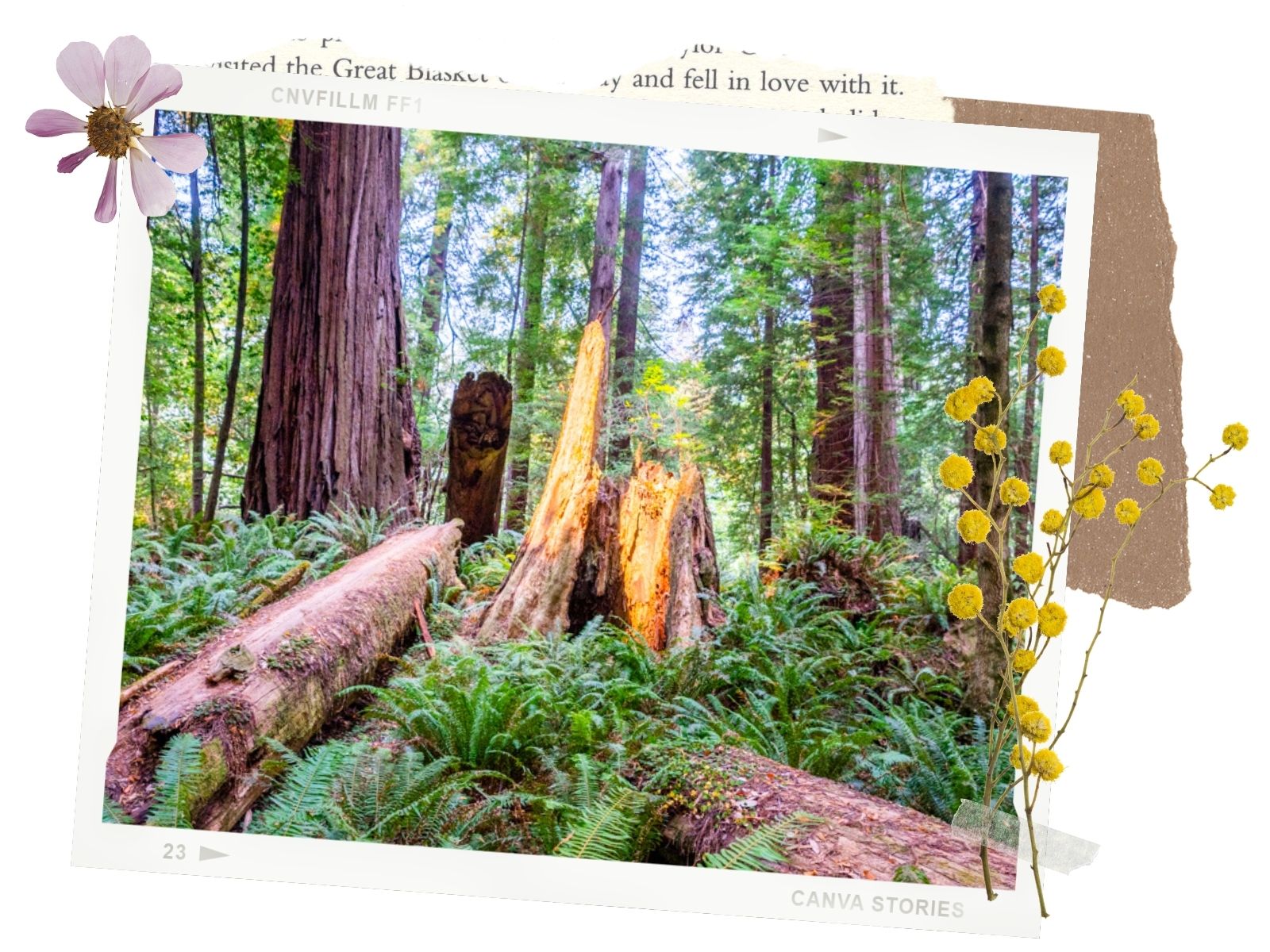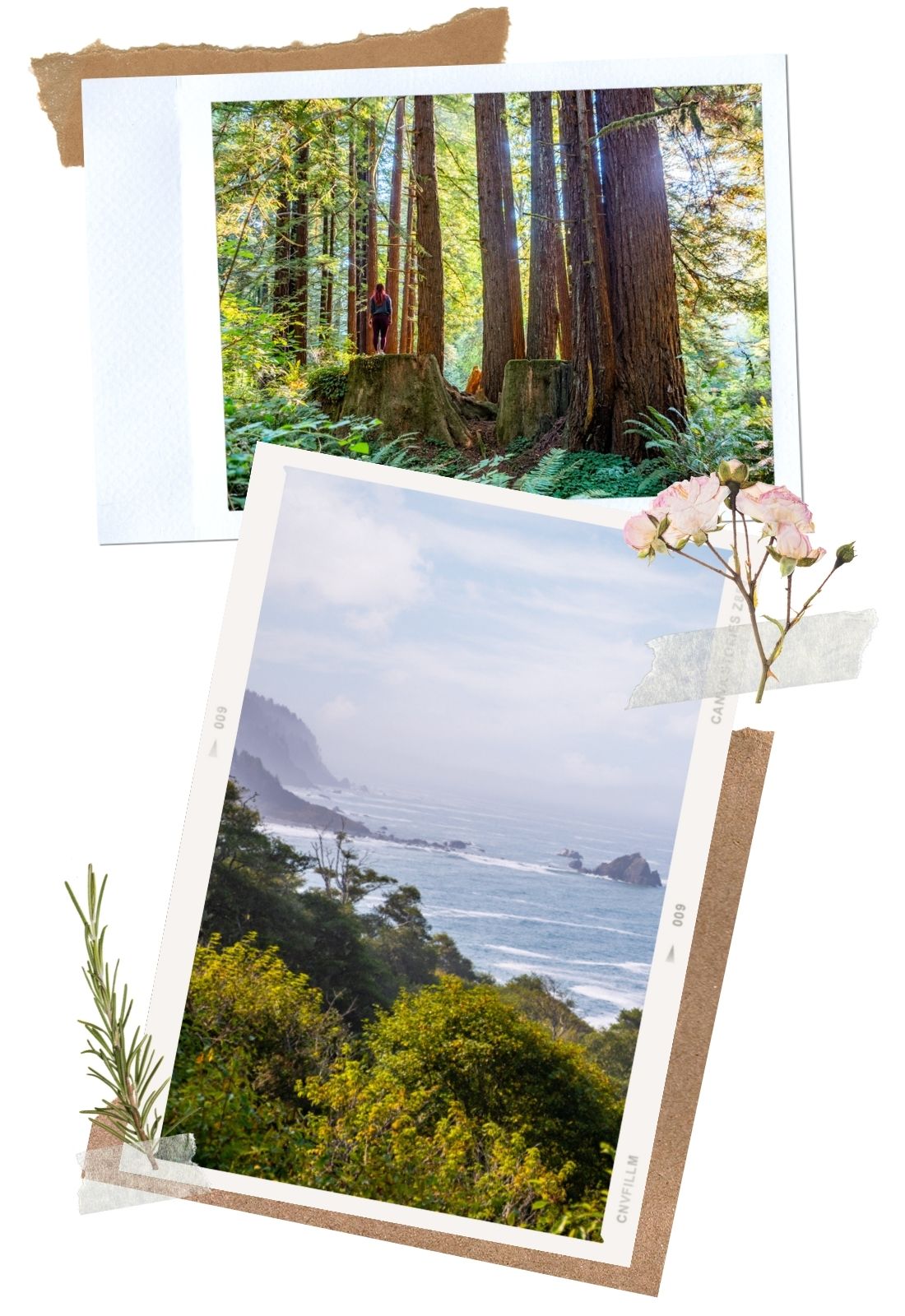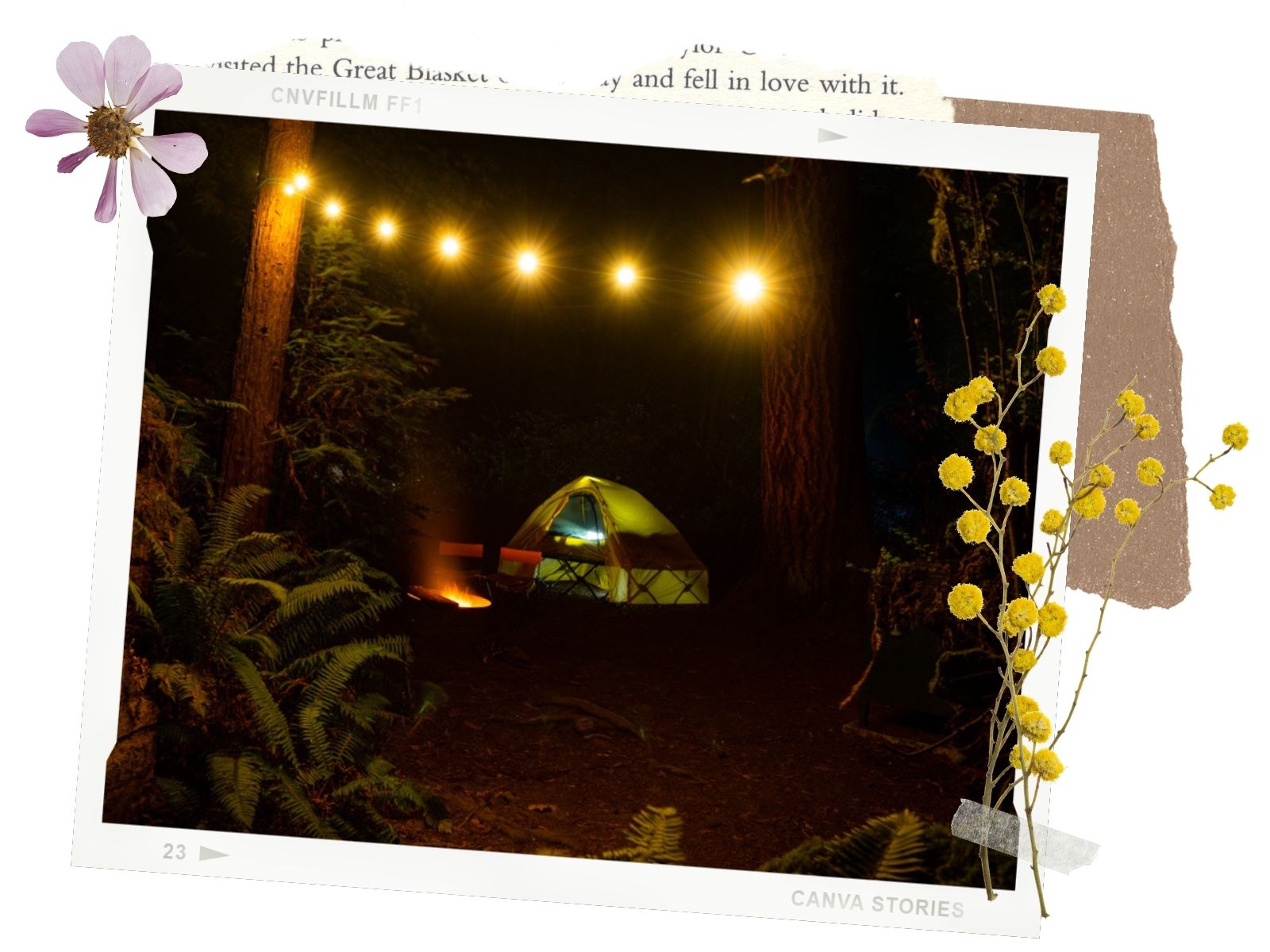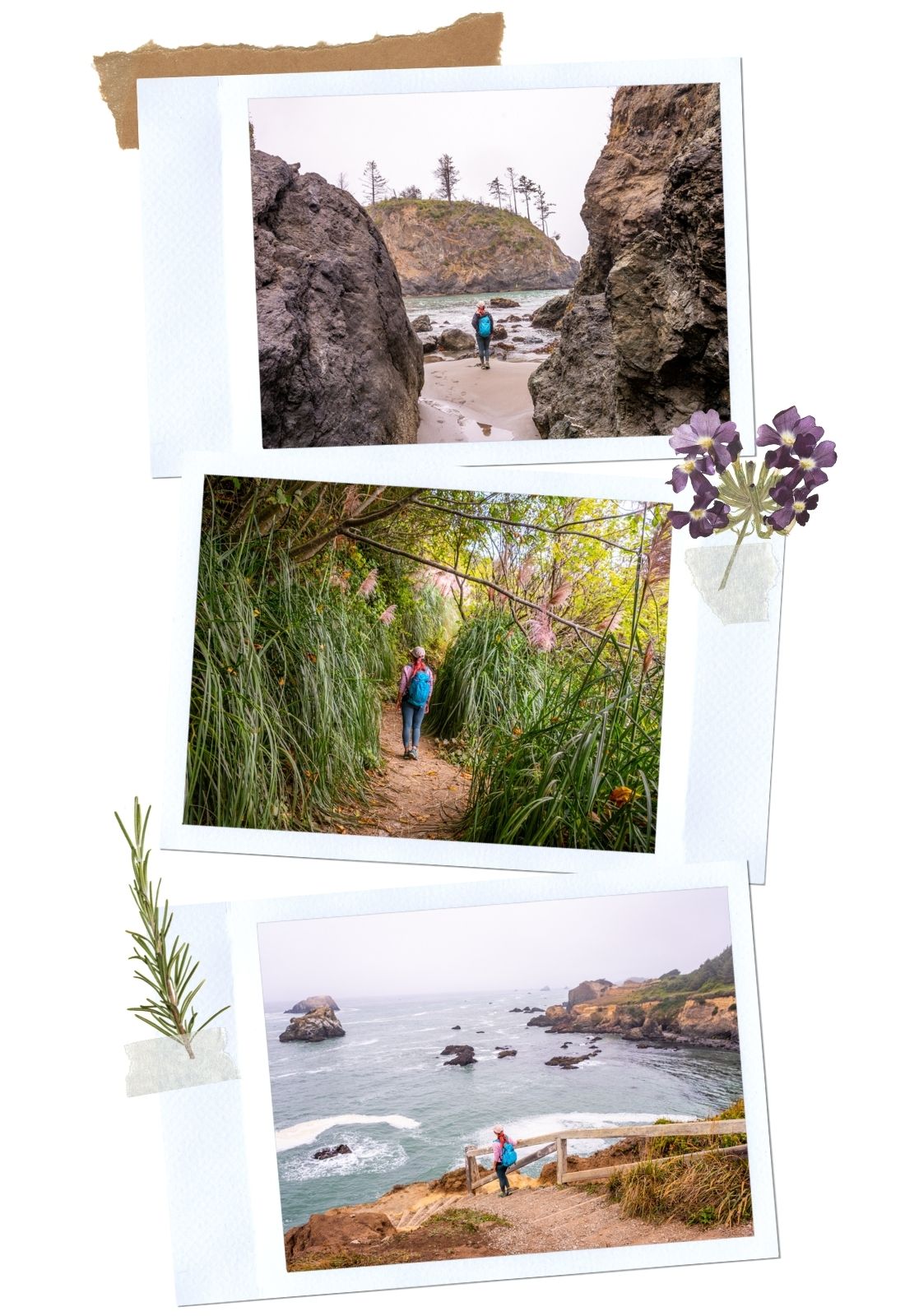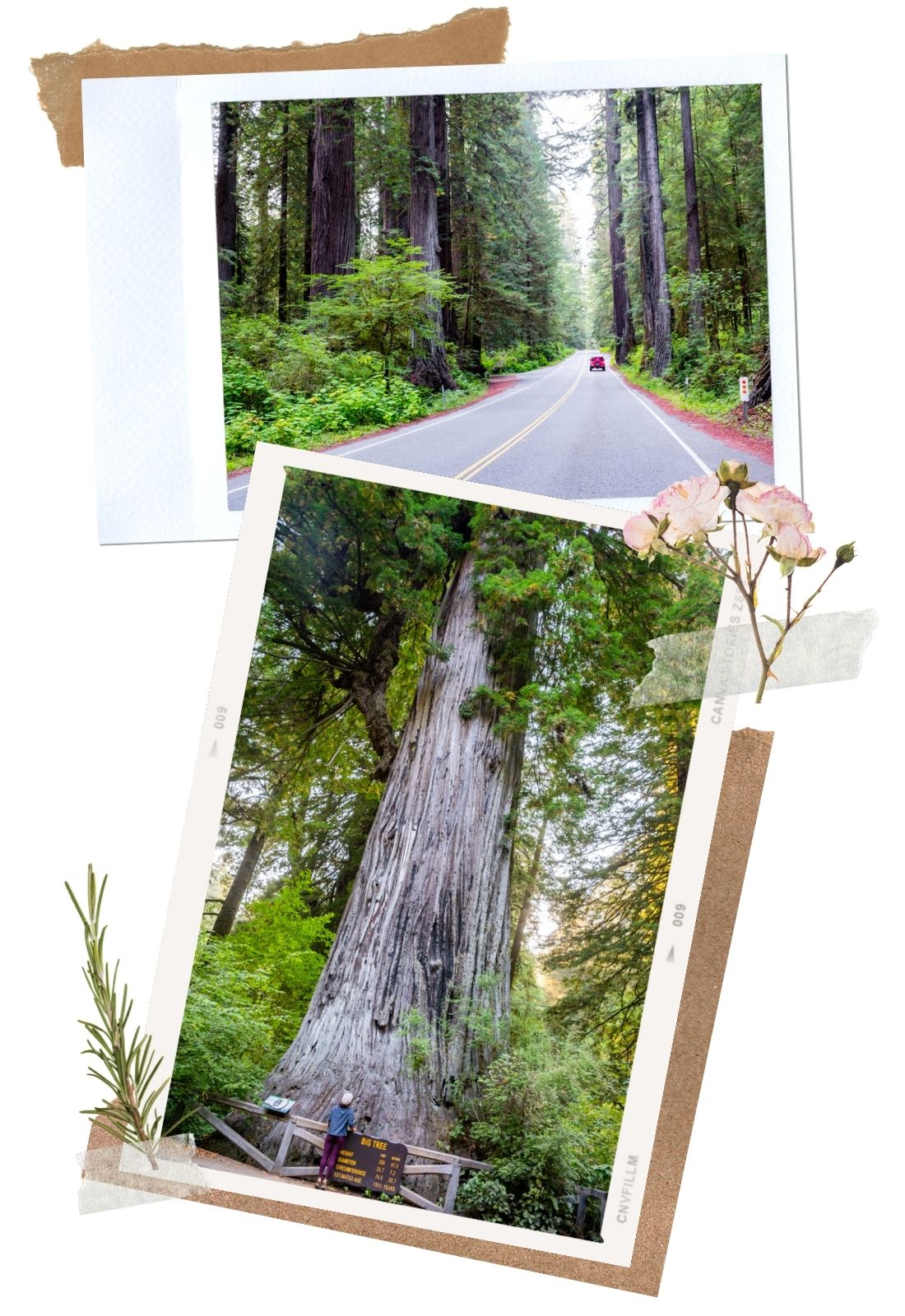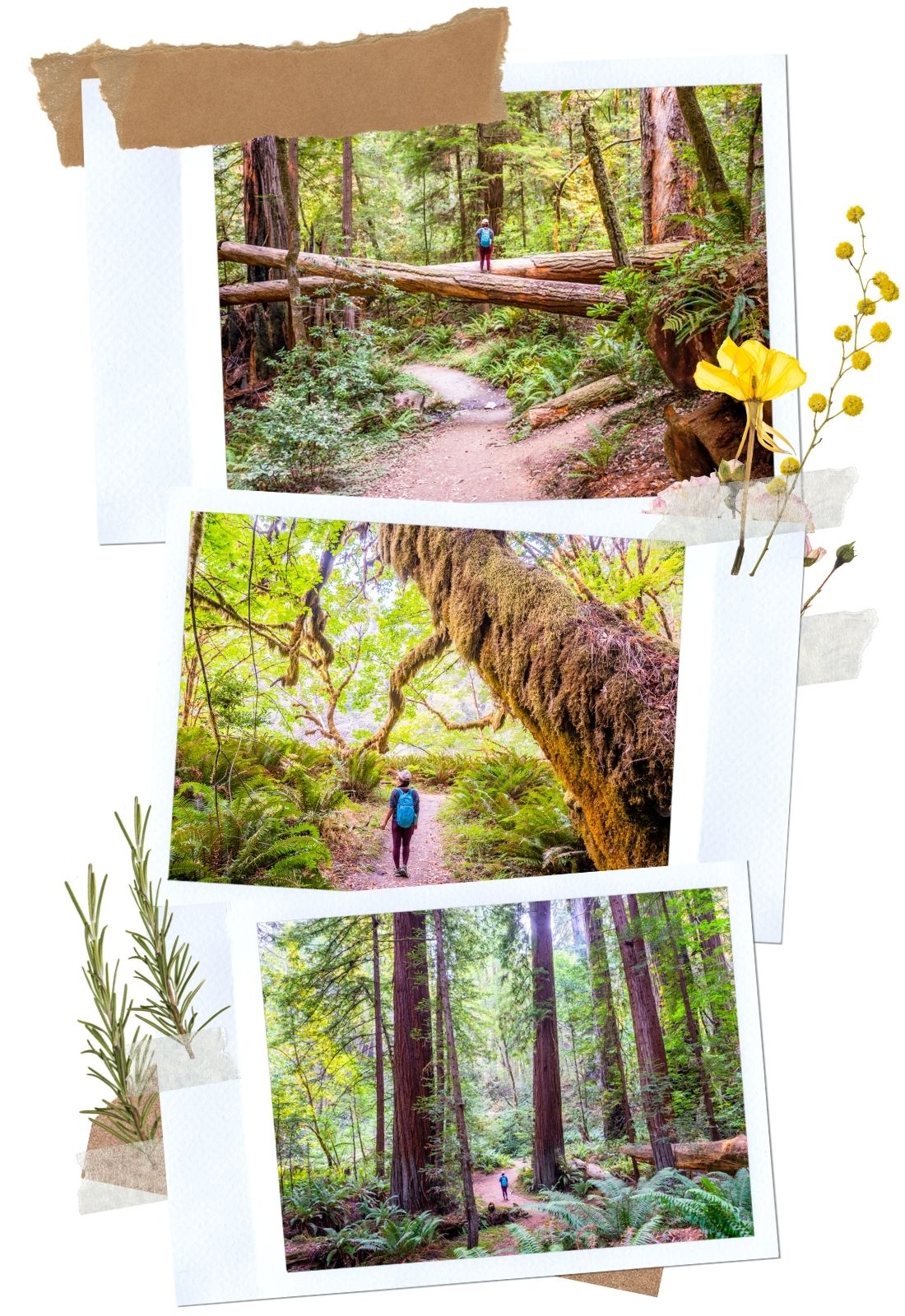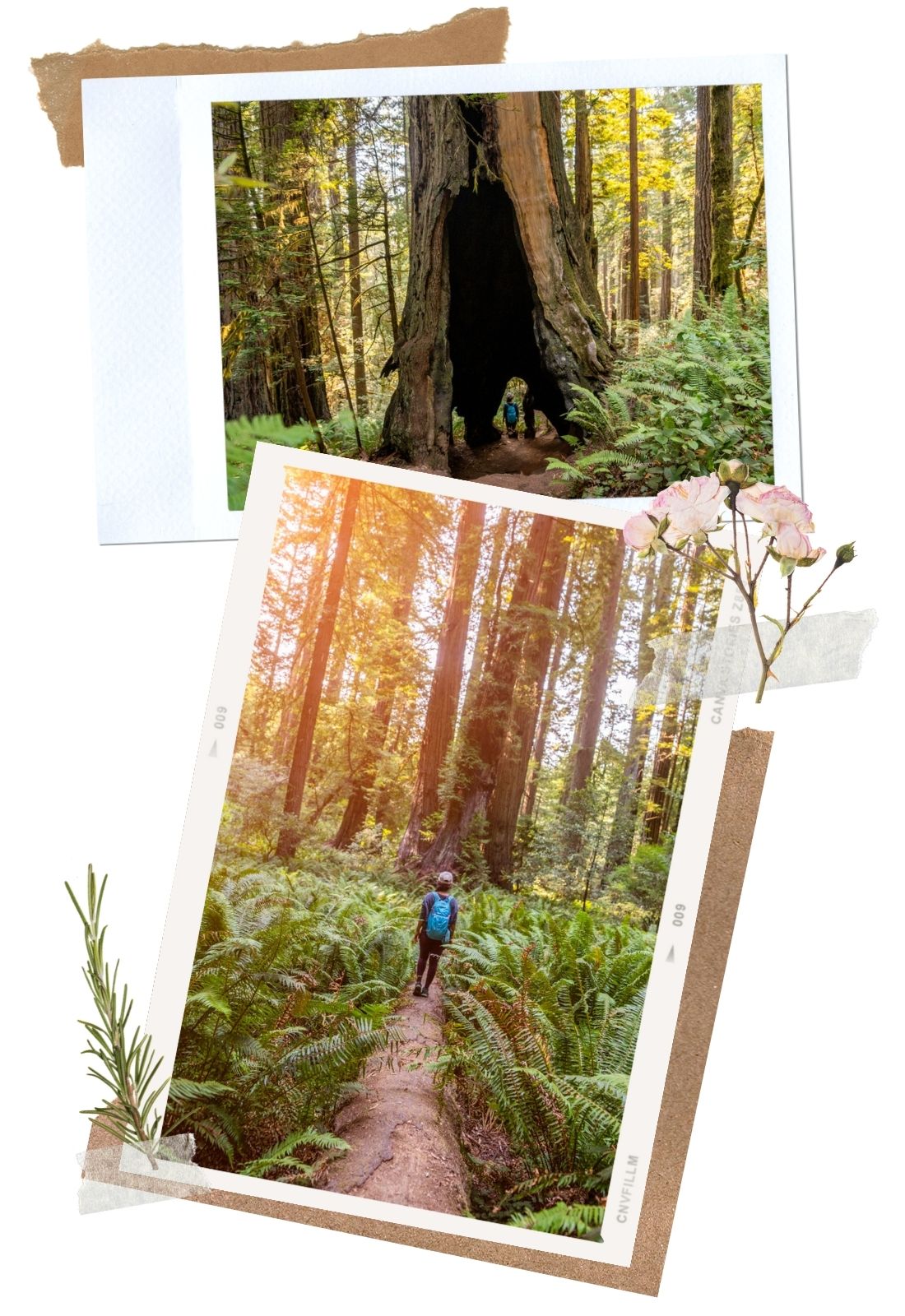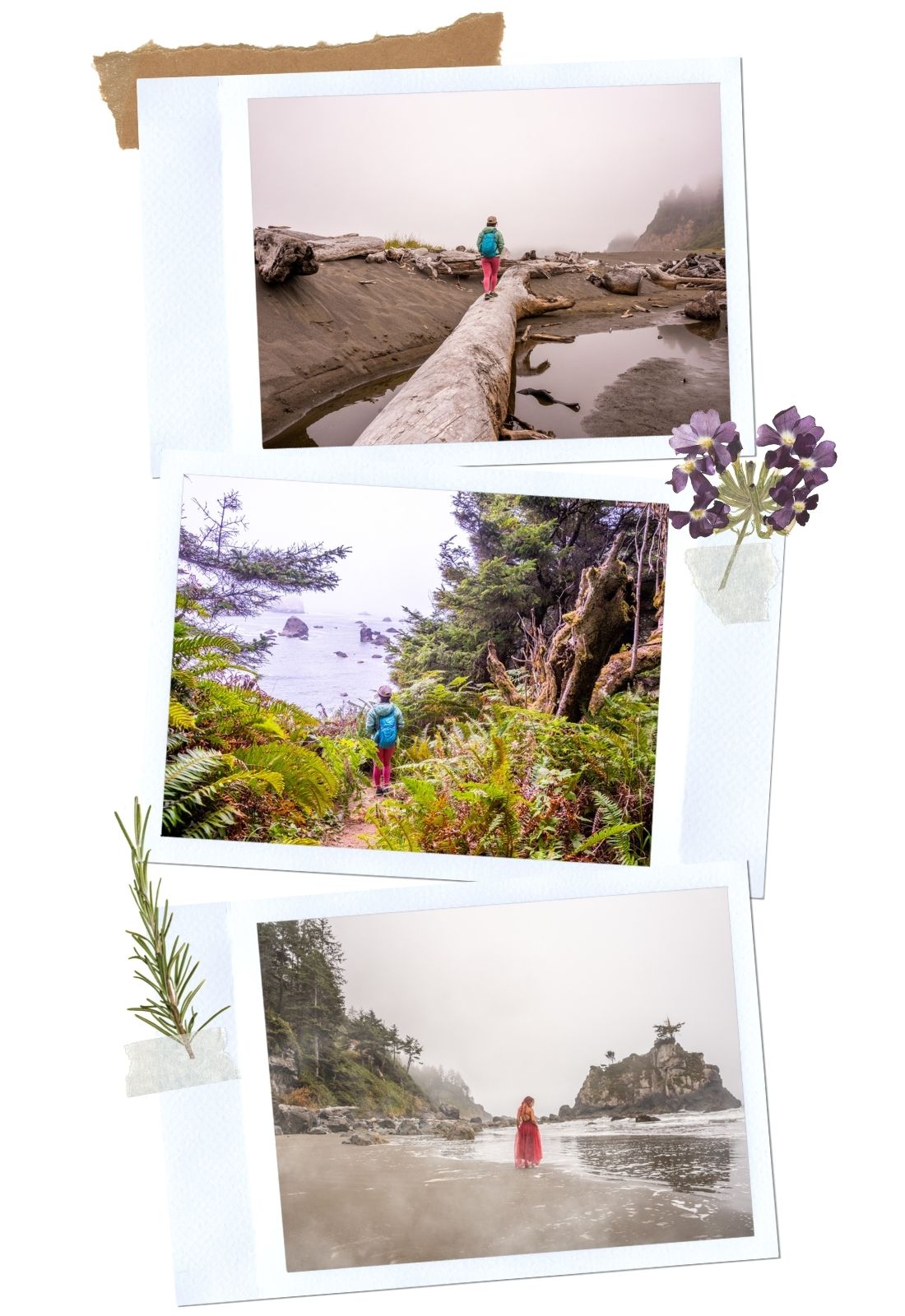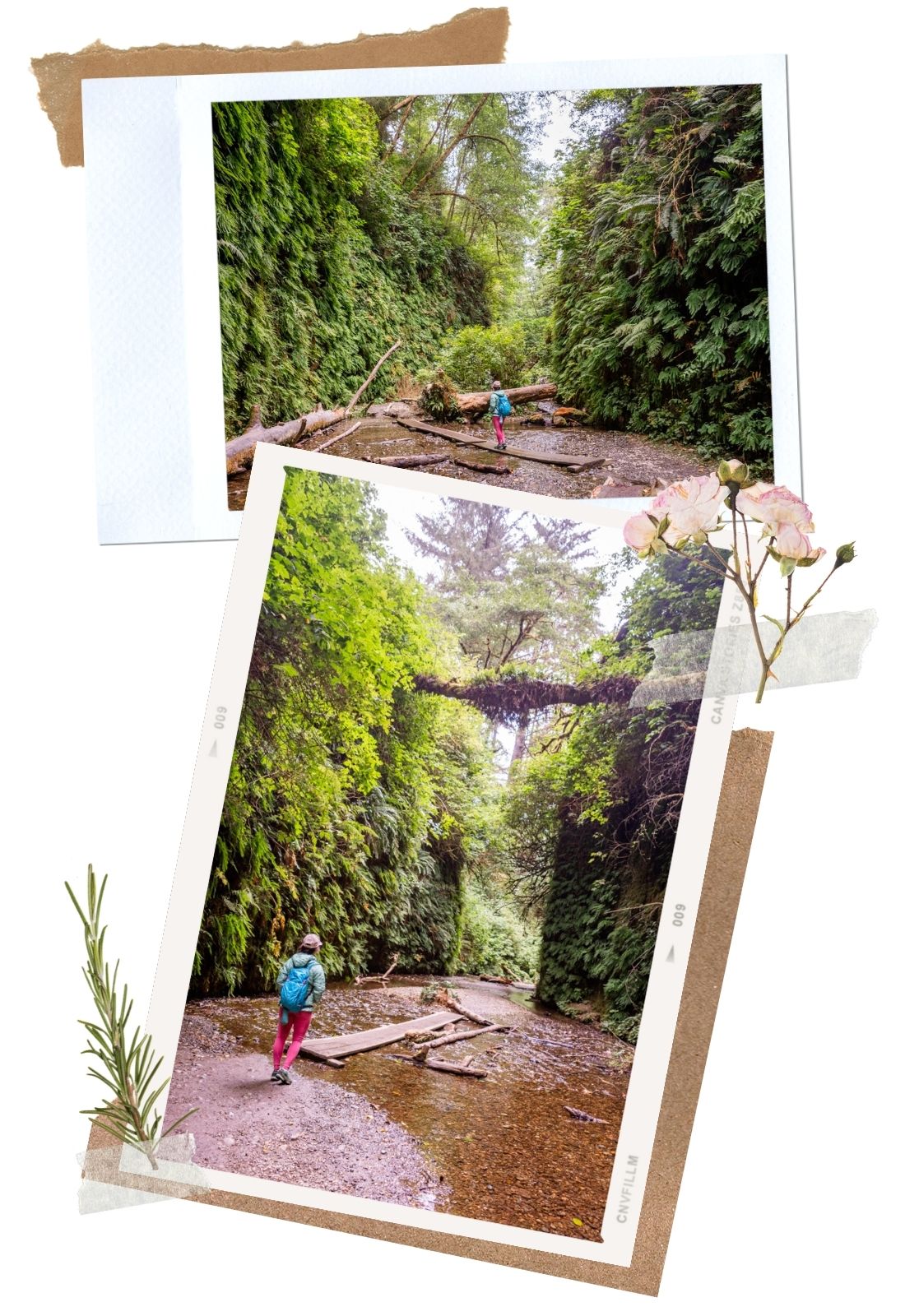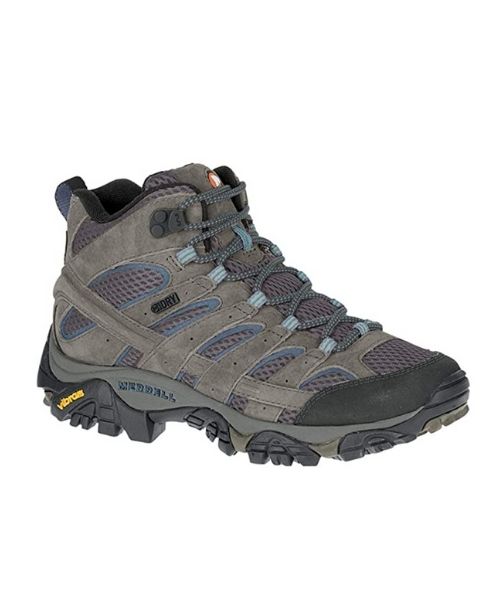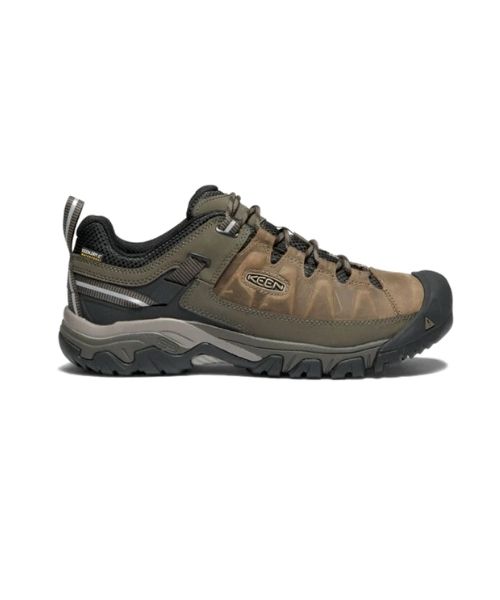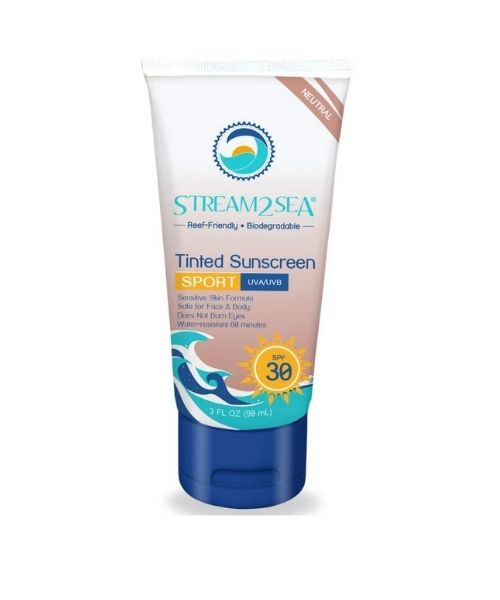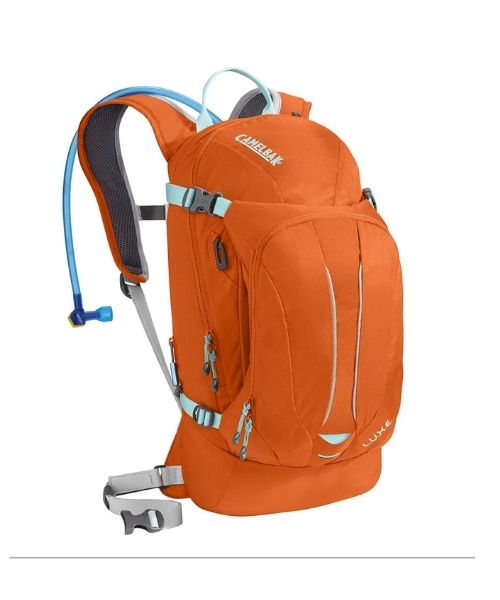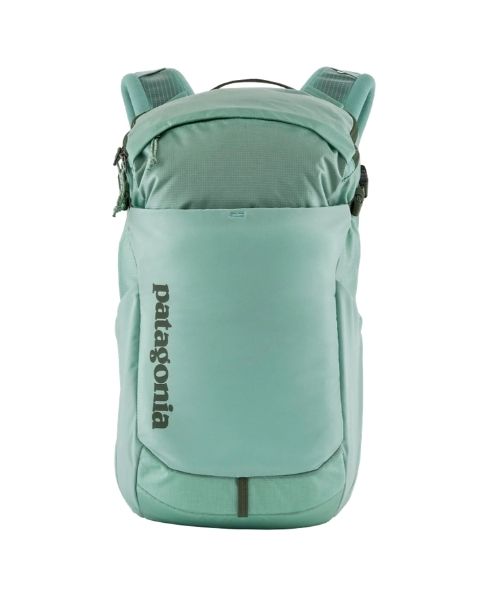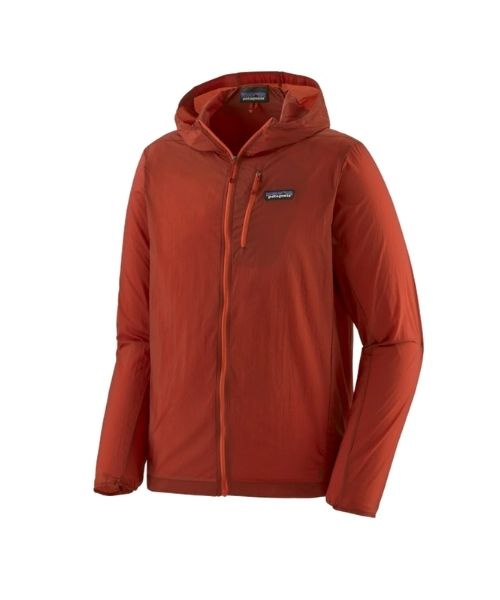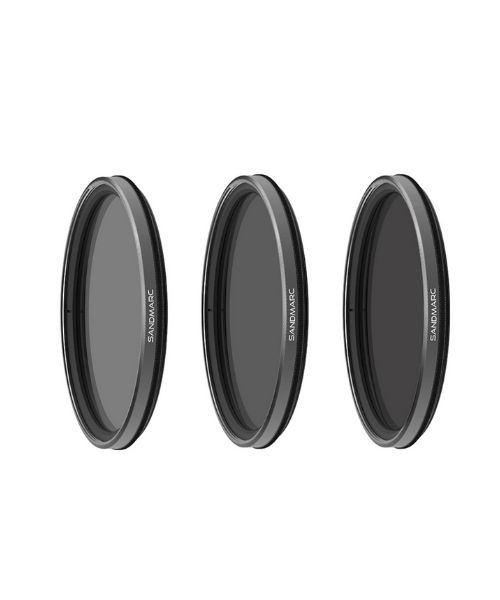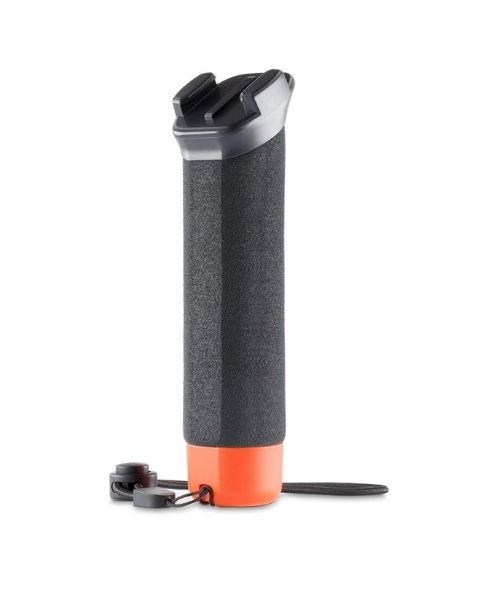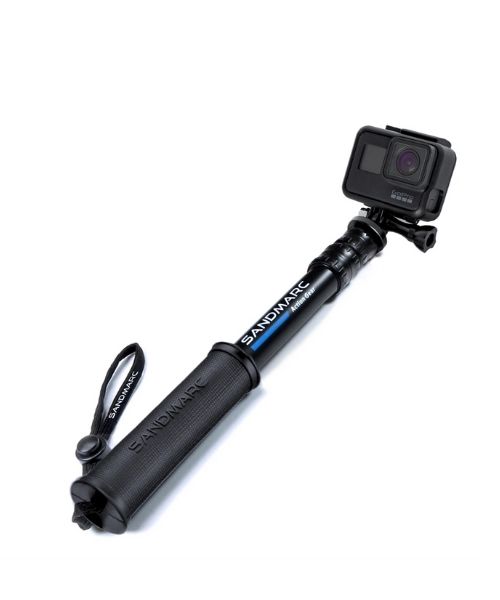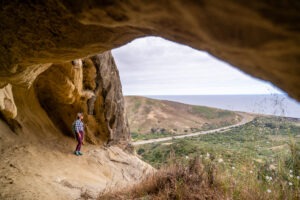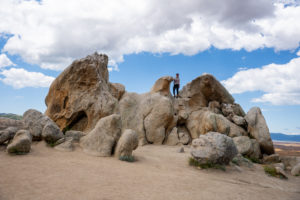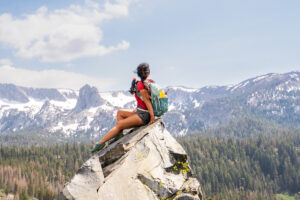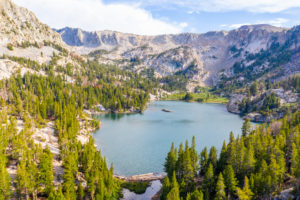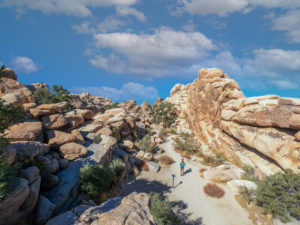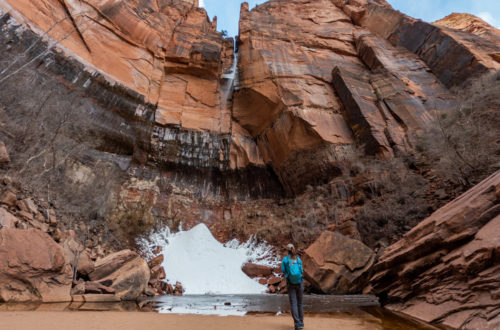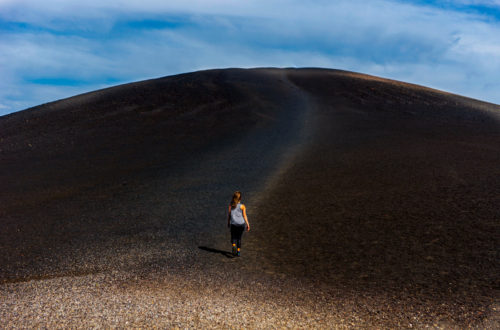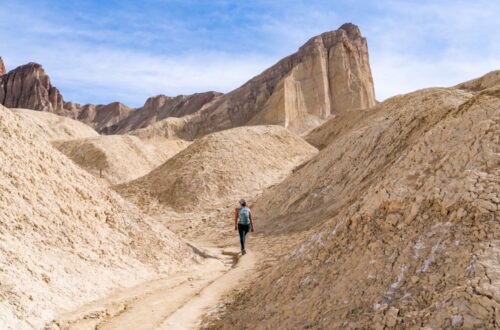On one of our road trips to Oregon a few years back, we made a quick stop at the Redwood National & State Park in California. This place was so beautiful that we wanted to come back and spend more time here. Since it is quite large (over 38,982 acres), the trip planning was a bit tricky, especially because we only have 3 days to see everything. After tons of research, we came up with the best road trip itinerary that would allow us to experience most of what these parks have to offer. This weekend-sized itinerary features lush green forests, giant redwoods, breathtaking coastal trails as well as beautiful hidden beaches. Redwood National and State Park is absolutely worth visiting!
Video

About Redwood National and State Parks
A lot of people, including us, are under the impression that the redwood forest in California is inside one big Redwood National Park. However, this place actually consists of four different parks: Del Norte Coast, Jebediah Smith, and Prairie Creek Redwoods State Parks along with Redwood National Park. These parks spread over 38,982 acres along Northern California’s coastline, edging toward the border of Oregon. They were created to protect the remaining Redwood. Most people know Redwood Forest as home to the tallest trees on Earth, however, the parks are also comprised of rivers, vast prairies, oak woodlands, and 40 miles of rugged coastline.
What is the Tallest Tree in Redwood National and State Parks (RNSP) and Where can I See It?
Since 2006, Hyperion was discovered to be the tallest tree on Earth. However, there is no official trail to get there. In fact, the parks strongly discourage visitors to go to see it. To go see Hyperion, you will have to do heavy bushwhacking along with trampling on the shallow Redwood roots. This has resulted in the devastation of the habitat surrounding Hyperion. And really, the view of Hyperion doesn’t match its hype. Its trunk is small compared to other old-growth redwood trees and you can’t tell how tall it is from the ground. From below, it just looks like any normal redwood tree.
What’s the Difference Between Redwoods and Sequoias?
Even though the coastal redwoods and giant sequoias look similar and belong to the same family, the cypress family, they live different lifestyles in different places. The cypress family has seven different subfamilies. The coastal redwood in Redwood National Park shares the same subfamily with the giant sequoias and the dawn redwood. Once upon a time, these species covered much of the Northern Hemisphere. Currently, the coastal redwood is limited to just along the central/northern California coast and southwest Oregon coast, while the giant sequoia is only available to the western slope of the Sierra Nevada. The dawn redwood can only be found in Lichuan County in China.
Coastal Redwoods or Giant Sequoias? Which Park Is Better?
Both are equally amazing and different and you need to see both of them! The sequoias are bigger width-wide, which makes them look more impressive from the ground. However, Sequoia and Kings Canyon National Parks are also a lot more crowded. Since Redwood National and State Parks is further up North, it is considerably less busy. Even though the coastal redwoods are not as wide, since it is near the coast, you can see the dramatic rolling fog through the giant tree’s canopy. Also, with Redwood National and State Parks, besides the redwoods, you can also hike the coastal trails along the rugged coastline and visit beautiful beaches.
Important Things to Know When Visiting
- Redwood National and State Parks are free to visit. In fact, there are no entrance gates. However, there are a few day-use areas that require a fee within the Prairie Creek Redwoods, Del Norte Coast Redwoods, and Jedediah Smith Redwoods State Parks. With these areas, you can use either state park day-use passes or Interagency Federal Passes instead.
- Make sure to check for road conditions here before heading out. It’s a long drive and there are many natural occurrences such as fire, landslides, fallen trees, etc. that can happen here.
- Phone reception isn’t very good in the Parks, therefore, make sure to plan in advance by downloading or printing any required maps, permits, or notes before going.
Where Should You Stay While Visiting Redwood National Park?
As we said above, Crescent City and Trinidad are the two closest cities. You’ll find more lodging options within those two cities, especially Crescent City. There are a few hotels and cabins in between. However, there really aren’t a lot of amenities in the middle except for a couple of gas stations. Unless you’re staying close to these two cities, we recommend filling up your gas while you can and making sure to pack your groceries or anything you need with you. Camping is also another choice if you’re looking for a cheaper lodging option. Mill Creek Campground is our favorite campground here, however, it’s only open from May through September.
California’s Redwood National Park 3-Day Itinerary
Our trip starts from Trinidad, CA. Since we went toward the end of Fall/Winter, it got dark a lot shorter. So, the itinerary was based on how much daylight we had.
DAY 1
Elk Head Trail to College Cove
Distance: 1.5 miles R.T. | Elevation Gain: 187 ft | Level: Easy | Level: 1-2 + hours
Our first stop for the first day is actually in Trinidad. Elk Head trail is not part of the Parks, however, it is local’s favorite and for good reason. This coastal trail is short, easy yet beautiful. And did we mention that it will take you to a beautiful, secluded beach as well as epic viewpoints of gorgeous California’s coastline? If you’re lucky, you can even spot dolphins or whales from here. This trail is definitely a worthy addition to your itinerary.
Newton B. Drury Scenic Drive
Distance: 10 miles | Time: 45 mins to at least a whole day, depending on what you want to do
After finishing our hike to College Cove, we turned off Highway 101 to start the beautiful Newton B. Drury scenic drive through Prairie Creek Redwoods State Park. This road is where you’ll get to see impressive giant redwoods lining the road. It is particularly beautiful in the foggy mornings. Along this road, there are plenty of hiking trails as well as interesting spots to stop. One of our favorite hiking trails here is the Prairie Creek Trail. This trail starts at the visitor center and loops over the Big Tree Trail. If you don’t want to hike, you still can stop and visit the famous Big Tree as well as the super cool Big Tree Wayside. Another cool spot along the road is the Corkscrew Tree, a big redwood that all twisted up like a giant corkscrew.

DAY 2
Tall Trees Grove Trail
Distance: 4 miles R.T. | Elevation Gain: 748 ft | Level: Moderate | Level: 4-6 hours
Our second day at the Redwood National & State Parks started at Tall Trees Grove trail. To attempt this trail, you MUST apply online for a FREE permit up to 4 weeks in advance, but not less than 48 hours. These permits are NOT available in person. It is also NOT guaranteed that you will get the permit. This trail is really beautiful. It has everything from scenic drive, giant redwoods, beautiful creek as well as mystical green forest. While the redwoods You will need at least 4-6 hours here.
Lady Bird Johnson Grove Trail
Distance: 1.5 mi loop | Elevation Gain: 101 ft | Level: Easy | Time: 45 – 60 mins
Since Lady Bird Johnson Grove trail is located on the same road as Tall Trees Grove trail, we decided to stop here after finishing with Tall Trees Grove. Lady Bird Johnson Grove trail is a much shorter and easier hike than Tall Trees Grove. Even though it is not as beautiful as its sister trail, the Lady Bird Johnson Grove trail has its own unique character. It’s also full of history as the trail is dedicated to Lady Bird Johnson, the first lady who actively promoted and encouraged the protection of natural habitats. This hike will take you around 1 hour, max.

DAY 3
Yurok Loop to Hidden Beach
Distance: 2.5 mi R.T. to Hidden Beach, 8 mi to Overlook | Elevation Gain: 147 + ft | Level: Easy | Time: 2+ hour
For a change in scenery, for our third day, we decided to hike the Yurok Loop trail instead of another redwood hike. And we would totally do this again! This hike is breathtaking. It runs along the rugged coastline, weaves through lush green forests, and takes you to one of the most beautiful, secluded beaches that we’ve seen. It’s also pretty cool that the sand at this hidden beach is almost black. It is an easy hike with the option of stretching it longer.
Fern Canyon Loop Trail
Distance: 1.1 mile Loop| Elevation Gain: 150 ft | Level: Easy | Time: 45 mins – 2 hours
After spending tons of time at the Yurok Loop trail, we finished our last day at Redwood National & State Parks at the Fern Canyon Loop Trail. We definitely save the best for last. Even though Fern Canyon is a popular trail, it’s definitely worth it dealing with the crowd. This place is a hidden paradise with towering fern walls and dripping waterfalls. It reminds you of the Jurassic era. In fact, this is why the movie Jurassic Park was filmed here. If you get here toward the evening, you’ll also get to see the Roosevelt Elk, grazing near the trailhead. Don’t forget, since it is in a canyon, Fern Canyon gets dark a lot faster than the surrounding area. There is also a fee to enter, however, you can use your “America the Beautiful” passes.

Happy Adventuring. Don’t forget to check out the related posts below for more inspiration on your upcoming adventures. While you’re at it, go follow us on Instagram and subscribe to our Youtube channel! We’ll love you forever!
These are the gear that we personally use and find them helpful for this particular adventure. Don’t forget to check out our Recommended Gear section as well.
adventure gear
Good hiking shoes are recommended on these adventures. Vy uses the Merrell Women’s Moab 2 hiking boots
Good hiking shoes with good traction are best. Dustin’s shoes are Targhee III Waterproof
There isn’t a lot of shade in the desert. Make sure to use lots of sunscreens! We use eco-friendly, reef-safe sunscreen, Stream2Sea SPF 30.
Face sunscreen is also important. We love these tinted, organic All Good Organic Sunscreen Butter.
You should bring plenty of water on your hikes. Vy loves the Camelback L.U.X.E.
For shorter hikes, the Patagonia Women’s Nine Trails Pack 18L is perfect to hold water and your essentials.
If you want something lighter, we love the packable Patagonia Women’s Houdini® Jacket and Patagonia Men’s Houdini® Jacket
other things to bring
- Depending on where you’re staying, make sure to pack groceries and other essentials ahead of time.
- Lunch and snacks are recommended for longer hikes. For healthy and easy snacks, check out some of our recipes.
camera gear
Related Posts
Save your pins:
